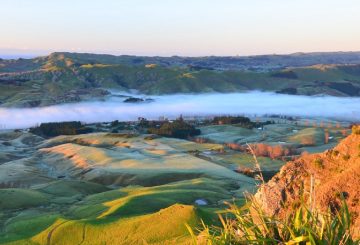마오리 와드 의원인 닉 투파라 (Nick Tupara) 는 기즈번 지구 의회 회의 참석률이 낮다는 이유로 비판을 받은 후 자신의 기록을 방어했습니다.투파라는 당선 이듬해 87% 의 회의와 워크숍에 참석했지만, 회의에 결석했다는 이유로 동료 의원 래리 포스터 (Larry Foster) 로부터 제명을 받았습니다.이에 투파라는 지역 거버넌스에서 마오리 와드의 중요성과 지역 사회에 봉사하겠다는 자신의 헌신을 강조하며 이에 대응했다.
또 다른 마오리 와드 대표인 라위니아 파라타 (Rawinia Parata) 시의원도 투파라가 평의회 토론에 참여할 때마다 와드의 가치와 역량을 입증한다는 투파라의 의견을 되풀이했다.평의원으로서의 역할과 가족 양육, 두 시간의 통근 시간 사이에서 균형을 유지하는 파라타는 마오리 공동체를 위한 형평성과 대표성의 필요성을 역설했다.
이 토론에서는 평의회 직무를 다른 직무 및 책임과 병행하는 경우가 많은 젊은 평의원들이 직면한 어려움도 다뤘다.일부 의원들은 해당 직책에 대한 보수는 공평하지만 기본 수입으로 충당하기에는 충분하지 않다고 지적했습니다.
평의회 직책 외에도 어머니로서 풀타임으로 일하고 있는 오브리 리아 (Aubrey Ria) 시의원의 출석률은 70% 에 달했습니다.심장 수술을 비롯한 건강상의 문제에도 불구하고 리아는 자신의 역할에 전념했다. 심지어 병원 침대에서 전화를 걸어 평의회 논의에 필요한 중요한 사항을 나누기까지 했다.
매시 대학교의 정치학 교수인 리처드 쇼 (Richard Shaw) 박사는 마오리 병동은 비교적 새로운 혁신이며 잠재력을 최대한 발휘하려면 시간이 걸린다고 말했다.그는 이 와드들이 의회 테이블에서 다양한 목소리를 들을 수 있도록 하는 민주주의 전통의 일부라고 덧붙였는데, 이는 뉴질랜드 헌법 제정 및 와이탕기 조약에서 중요한 의미를 지닌다.





























































